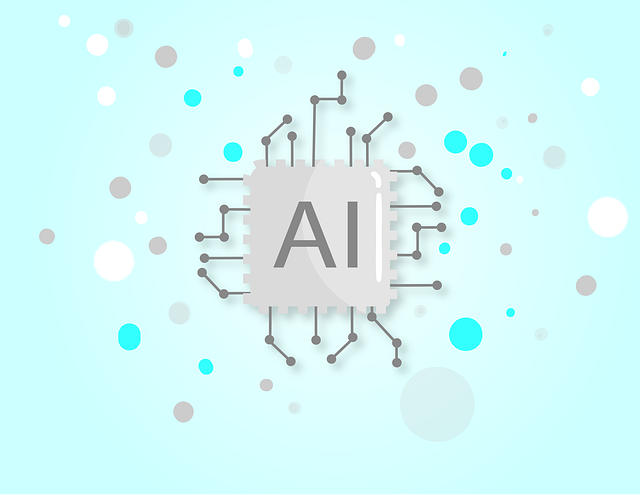In the last few years, the use of AI has gained popularity, and it’s very common to see AI integrated into various aspects of our daily lives, from self-driving cars to personalized recommendations on streaming services, AI is transforming the way we live, work, and interact with the world.
But since the very beginning it has been involved in a lot of controversy (and no, it won’t take our jobs away from us), but also the fact of being a popular trope in sci-fi, featuring notable villains as AM from I Have No Mouth, and I Must Scream or Skynet from the ‘Terminator’ series and HAL 9000 from ‘2001: A Space Odyssey.’ capturing our imagination and fears. It may be the source of the crazy theories about how we are getting close to our very end, but the reality of AI is more nuanced and focused on enhancing human capabilities rather than replacing or dominating them and to alleviate these concerns, it’s important to understand what AI is and how it works.
For starters, we need to know that AI technology mimics human intelligence through a process of learning and reasoning. Just as humans learn from experience and adapt to new information, AI algorithms use vast amounts of data to identify patterns, make predictions, and improve over time. But how does it really work? Let’s break it down into five main steps we should understand:
- Data Collection/Input: AI systems require large amounts of data to learn and make accurate predictions. This data can come from various sources, such as text, images, audio, or sensor data.
- Data Preparation/Processing: Once collected, the data needs to be cleaned and organized. This step involves removing any errors or inconsistencies and converting the data into a format that the AI model can process.
- Model Training: In this step, the AI system is trained using the prepared data. Algorithms analyze the data to identify patterns and correlations. The model learns from this data and adjusts its parameters to improve its accuracy.
- Model Testing: After training, the model is tested with new data to evaluate its performance. This helps ensure that the AI system can make accurate predictions or decisions when faced with real-world scenarios.
- Deployment and Monitoring: Finally, the trained and tested AI model is deployed into a real-world environment. Continuous monitoring and maintenance are essential to ensure the system remains accurate and efficient over time. This step also involves updating the model with new data as it becomes available.
In many cases, humans will supervise an AI’s learning process, reinforcing good decisions and discouraging bad ones, but some AI systems are designed to learn without supervision. To understand this, it is important to acknowledge that AI comes in many forms, and we may interact with different types of AI in our daily lives without even realizing it, it’s important to differentiate between two key categories:
- Narrow AI: Also known as “weak AI,” narrow AI is designed and trained to perform specific tasks. These systems can excel in their particular domains but lack the ability to generalize their knowledge or apply it to unrelated areas. Examples of narrow AI include virtual assistants like Siri and Alexa, recommendation algorithms on Netflix or Amazon, and self-driving car technology. Narrow AI has made significant strides in recent years, becoming more sophisticated and integrated into various aspects of our lives.
- Artificial General Intelligence (AGI): Also referred to as “strong AI” or “full AI,” AGI represents a more advanced stage of AI development. AGI systems possess the ability to understand, learn, and apply knowledge across a wide range of tasks, similar to human cognitive abilities. While narrow AI can outperform humans in specific tasks, AGI would be capable of performing any intellectual task that a human can do. Despite significant advancements in AI research, AGI remains theoretical and has not yet been achieved. The development of AGI poses numerous challenges, including ensuring that such systems are safe, ethical, and beneficial to society
Much of AI’s potential has not yet been realized, and artificial general intelligence is still in the future. AI technologies are already woven into our daily lives and have been involved in various forms long before AI became this popular. While challenges remain, the possibilities for enhancing human life and solving complex problems are immense. Our role is to guide this evolution responsibly, ensuring that AI serves humanity in beneficial and meaningful ways.
Ale Robledo

